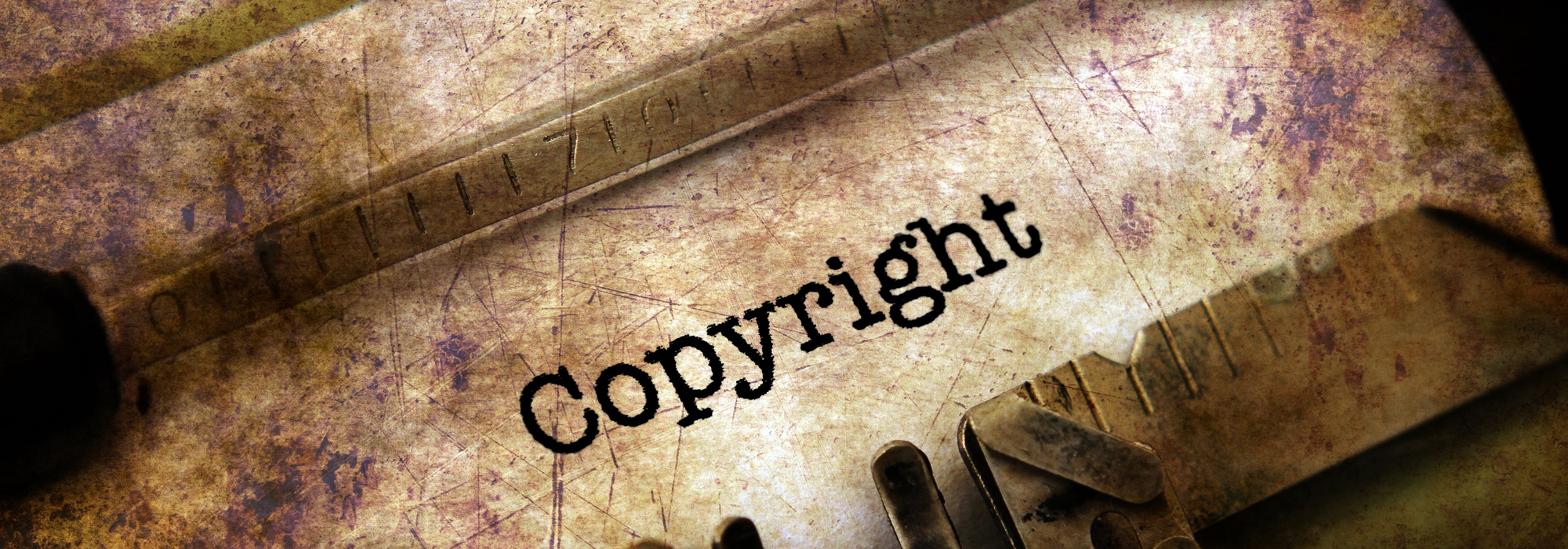
The Crown copyright provision in Canada’s Copyright Act contains just 85 words. Despite its brevity, however, it has been called a “legislative monstrosity.” Section 12 of the Act states:
Without prejudice to any rights or privileges of the Crown, where any work is, or has been, prepared or published by or under the direction or control of Her Majesty or any government department, the copyright in the work shall, subject to any agreement with the author, belong to Her Majesty and in that case shall continue for the remainder of the calendar year of the first publication of the work and for a period of fifty years following the end of that calendar year.
Crown copyright in Canada has been periodically studied ever since the so-called phase I revision of Canada’s copyright law in 1988. Without exception, these studies have noted its confusing nature and called for significant revisions, if not outright abolition. Confusion arises about the precise nature of royal prerogative, the jurisdictions to which Crown copyright applies and the content covered. For example, does Crown copyright apply to provinces and territories? Does it apply to works produced by foreign governments if the works are being used in Canada? Should works that are essential to a well-informed citizenry in a democratic society (such as statutes and regulations, judicial decisions, legislative debates and reports) be removed from the scope of Crown copyright? Does Crown copyright include works produced only by government employees, or does it also cover works produced by contractors? These are but a few of the questions that could be asked about Crown copyright.
Defenders of Crown copyright argue that it is needed in order to ensure the accuracy and integrity of government works, and that it is a means of revenue generation. On the other hand, proponents of Crown copyright reform contend that, in a world where virtually all documents are “born digital” and disseminated electronically, concerns about accuracy and integrity can be addressed through technological solutions, and because most documents are disseminated electronically, there is little need to recover printing and shipping costs. Reform proponents also argue that Crown works are produced with public funds, and copyright is the wrong tool to use to control access to them.
In practice, federal Crown copyright was administered centrally by the Crown Copyright and Licensing Office, until recently; and the government has recognized some of these concerns. In 1997, the federal government issued the Reproduction of Federal Law Order, which permitted anyone to freely reproduce federal statutes, regulations and judicial decisions without having to seek permission. (Some provinces have issued similar orders, although their practice varies greatly.) In 2010, the government issued a licence permitting the reproduction and use of federal government works for personal or noncommercial purposes.
However, subsequent policy changes have increased the confusion over the use of federal government works. The decision to close the Crown Copyright and Licensing Office in 2013 and devolve its responsibilities to individual departments has made it more difficult to obtain permission to use Crown works. Not surprisingly, this change has led to inconsistencies in administering Crown copyright at the federal level. A search of www.canada.ca for “Crown copyright” produces 17,000 hits. Clicking on a sample of these hits for various government departments produces a variety of request-for-permission forms and conditions. Offering the noncommercial use licence continues to be government policy, and this licence can often be found by clicking on the Terms and Conditions link at the bottom of the home page of each department’s website. However, citizens may not even think to check there. Those who do may not find the copyright information, which is usually located well down the page (after privacy, social media and various website issues), so they might apply for permission unnecessarily. The truth is that most federal government departments do not monitor or enforce their copyright interests, according to a report tabled in the House of Commons in 2013.
Copyright librarian Amanda Wakaruk has argued that the Act should be amended in the upcoming review to provide that copyright no longer applies to government documents once they are published. Such an amendment would address concerns about limited access to published federal government works. However, a more pernicious problem would remain. Section 12 is the last place in the Copyright Act where there is potential for perpetual copyright. Crown copyright lasts for 50 years from the year of publication; but for works that are never published, copyright is perpetual. As a consequence, copyright will never expire in the vast quantities of correspondence authored by federal, provincial or territorial bureaucrats and preserved in archives, unless these works are published. Copyright was never intended to last forever, and this last preserve of perpetual copyright must be removed from our Act.
There are a great many possible ways to fix Crown copyright. Various solutions can be found in the recommendations of the numerous government studies of the issues, summarized in an essay by Elizabeth Judge (see pp. 564-66). Similar studies of Crown copyright have been conducted by other Commonwealth countries, some of which have proceeded to address the problems in various ways. For example, Britain has narrowed the scope of application of Crown copyright to works prepared by Crown employees, and has waived it for public records deposited in archival institutions. In the United States, federal government works are not protected by copyright at all. Other solutions, such as the use of Creative Commons licences, require no statutory amendments and could be implemented expeditiously.
Crown copyright is long overdue for a comprehensive rethink and revision. In 2002, a federal report identified Crown copyright as an issue to be addressed within two to four years. Ten years later, the Act underwent significant amendments, but Crown copyright remained unchanged. The copyright review this fall provides an opportunity to transform this outdated monstrosity into a measure that serves the public interest in the digital age.
This article is part of the Reviewing Canadian Copyright Policy special feature.
Photo: Shutterstock, by Alexskopje.
Do you have something to say about the article you just read? Be part of the Policy Options discussion, and send in your own submission. Here is a link on how to do it. | Souhaitez-vous réagir à cet article ? Joignez-vous aux débats d’Options politiques et soumettez-nous votre texte en suivant ces directives.









